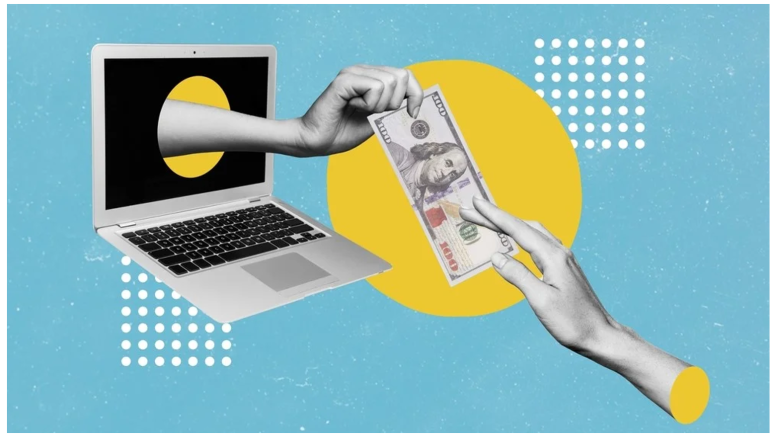Digital currency also called digital money or cybercash refers to currency that is available only in digital or electronic form. They have utility similar to physical currencies and can be used to purchase goods and services. They can also find restricted use among certain online communities, such as gaming sites, gambling portals, or social media networks. Digital currencies enable instant transactions that can be seamlessly executed across borders. The only barrier becomes technological adoption and education on digital money. A barrier that is easily overcome because of the same digital revolution that facilitates digital currency.
Are we heading for a dystopian future? A robotic digitised world, devoid of human physical contact with each one lost in their respective cyber cloud making it a severely trust deficit planet? Will we be familiar with only the artificially created avatars of people? Will we ourselves know our avatars more than our real selves? The scenario we are heading to seems to be cold, dark and alien. But wait. What about the societal acceptance of the sexuality spectrum, the me-too movement, the growth in mental health awareness, the never before emphasis on teaching empathy and kindness in school curriculums? The explosion of career opportunities beyond the traditional? The platform for the previously powerless and helpless people to express their points of view and art sans gatekeepers. Education being widely accessible across every corner of the world. And along the same line, money and financial services being accessible across geographies, urban and rural. Does this mean we are navigating towards ‘Utopia’? The answers will all present themselves in the years to come but human lives will mirror individual perspectives and attitudes to change and intent towards collective preservation and progress.
How will democratisation of money and finances impact economies and society? Perhaps the mighty walls separating the elite from the peasant will crumble and fall. It may relieve people from their reliance on exploitative lenders. The digitisation of money may just catalyse our collective shift towards a more inclusive society that aims to provide equal opportunity to all genders, races and ethnicities. This also provides a fairer system for people with disabilities and mobility restrictions. To balance out the Utopic nature of these possibilities is the increased rate of cybercrime. We are more susceptible than ever before to frauds and scams and hacks. Technological adoption to reap the benefits of digital money and understanding cyber security are two sides of the same coin.
Change even when it is good and with potential to make things more convenient and democratic, starts out as being scary. This is because it is in human nature to favor familiarity over convenience. The digitisation of currency and financial services rob us of the satisfaction of touching, counting and smelling your money. Or the cheap thrill of mimicking movie moments of throwing bundles in the air with an evil laugh. A world with no physical money may feel dystopic for the loss of familiarity, but there is no debating the fact that it holds potential to make things easier and safer for all sections of the population. Digital money allows financial services to be made available to people who previously were held back by geographical and classist divides. Banks are intimidating for a large section of society. Digital ownership and transactions gives all people freedom and unbiased respect and attention.
The shift in financial ecosystems resulting from the introduction of digital currency is bound to have an impact on consumer behavior and attitudes towards money, how and when we buy things and towards brand choice. As individuals and businesses, digital currency is an area to work towards getting a grasp of to stay relevant in the times ahead.
All cryptocurrencies are digital currencies, but not all digital currencies are cryptocurrencies.
There are 3 types of digital currencies namely, crypto currencies, virtual currencies and central bank digital currencies. The key characteristic of all digital currency is that they are assets that are only used for electronic transactions. They do not have any physical form, although they can be exchanged for regular money or other assets.
Any entity aiming to be future proof may train energies to identify ways to capitalise on this new wave of currency to serve our business goals while forging better connections with our evolving audience to stay relevant in a rapidly changing world.
The views and opinions published here belong to the author and do not necessarily reflect the views and opinions of the publisher.



Be the first to comment on "The ascent of intangible currency"